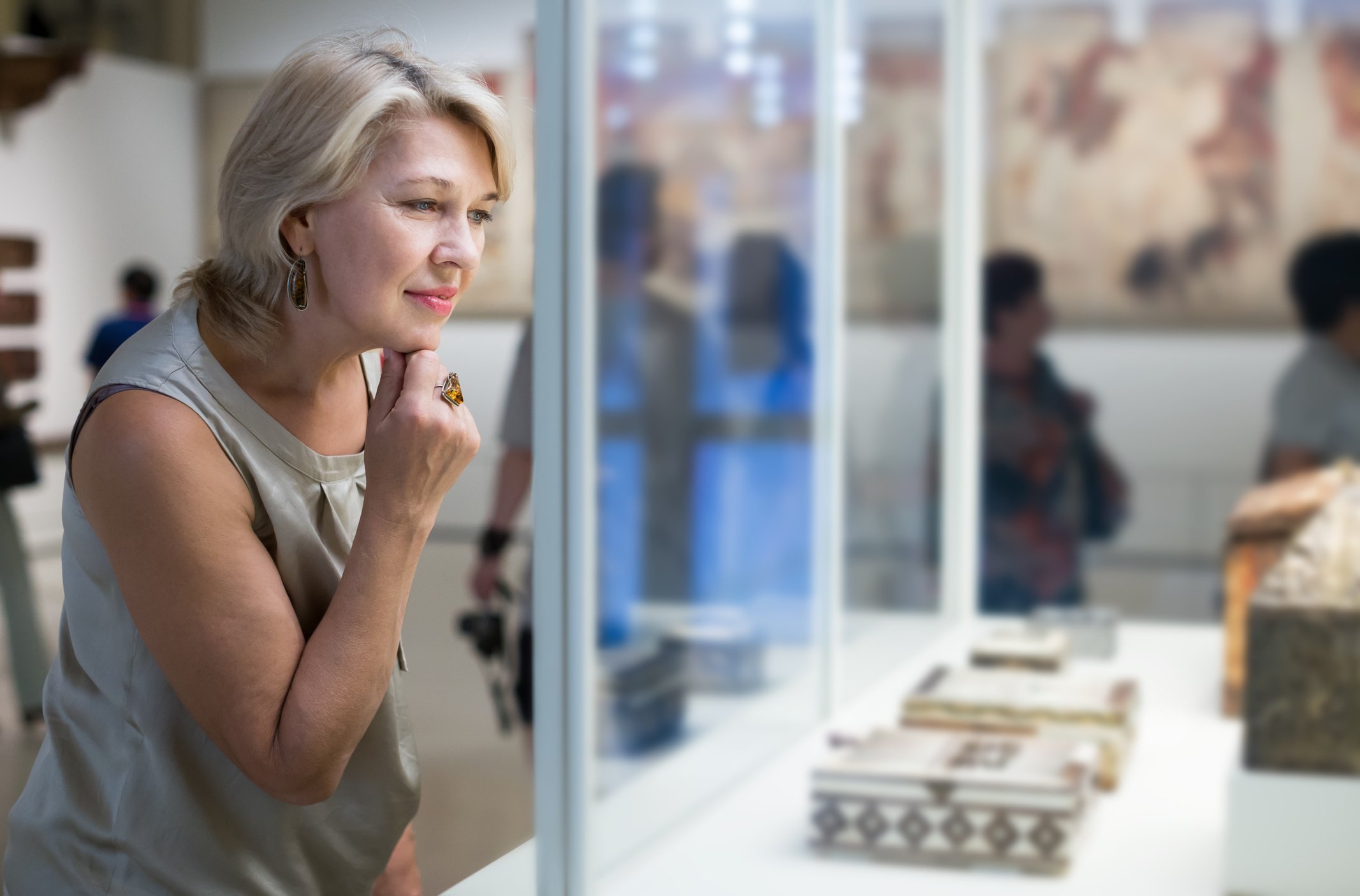
Photo: JackF/iStock
Museum admission fees ‘raise little income and keep out potential visitors’
Research into 153 major American art museums finds those with free entry typically have lower costs per visitor, dispelling the assumption that charging admission can help fill budget gaps.
A study by US-based research project Remuseum has found museums in the United States that do not charge entry typically have lower costs per visitor.
The research analysed publicly-available funding and visitor figures alongside each museum’s mission statement to create a database of 153 major American art museums.
The study measured how effectively these museums use their resources to generate visits, by dividing a museum’s total operating budget by its number of visits to determine the cost per visitor.
It found an average cost of $101 (£78) per visitor across all analysed museums, with a median cost of $82 (£63.32) per visitor. The calculated cost per visitor ranged from $13 (£10.04) to $694 (£535.93) across the 153 museums, although 120 operated in a range of between $40 (£30.89) and $150 (£115.84) per visitor.
The average cost of a visitor at museums with free admission was $86 (£66.41), compared with $108 (£83.40) among museums with paid admission.
This finding links free admission to typically lower costs per visitor, which the report says “may not be consistent with general assumptions in the field”, adding that the database “offers no evidence that charging for admission either increases the museum’s number of visitors or lowers its cost per visitor”.
“While one might assume that paid museums would either spend less on each visitor or attract more visits at the same cost per visitor (because the added revenue would provide more funds to invest in attracting visitors), neither of these results appear to be the case,” the report explains.
“Charging for admission gets the public to subsidise the museum’s costs, but for most museums it may do so at the cost of reducing visitation.”
The report says further research is required to understand more than the simple proposition that free admission leads to more visitors. “But that proposition alone would be sufficient to suggest that museums that are built around access may also have identified a strategy to align mission with sustainability,” it adds.
Diseconomies of scale
Remuseum’s research also found that museums appear to spend more per visitor the larger they get.
Museums with budgets below $12m (£9.3m) were calculated to have an average cost of $73 (£56.38) per visitor and a median of $62 (£47.89), compared with an average cost of $130 (£100.40) per visitor in museums with budgets above $12m, alongside a median of $107 (£82.64).
The report says this finding “undercuts another possible assumption” that a museum would become more efficient when its costs are spread across a broader base.
“Museum budgets have consistently grown bigger over the last decades, but it is not clear that museums have gained any benefits in serving the public because of their size,” the report says.
“Instead of any economies of scale, museums may exhibit diseconomies of scale, at least in terms of cost per visitor metrics.”
It adds that more research is required to understand such diseconomies of scale, adding that it is possible the investments that many museums have chosen to make are not the ones most likely to generate a return in public visitation and impact.
“If museum boards and leaders think that these increasing investments will generate a corresponding return in results and public impact, there is reason to question their assumptions, and these data call for a new conversation about how to deliver the maximum public impact with the least amount of dollars, rather than the most,” the report suggests.
‘Challenge conventional wisdom’
In the report’s introduction, Stephen Reily, founding director of Remuseum, says the data is “sufficient to challenge conventional wisdom in several areas” and can encourage museum boards and leaders to consider alternate ways to evaluate both their own goals and how effectively their budgets support them.
“The purpose of this report is not to suggest that museums should measure themselves in only one way. Its purpose is to support each museum in serving the public as effectively as possible,” Reily wrote, advising that museums should make accurate data available to the public, focusing on the way that museums serve and engage its public.
“Understanding the ‘average’ museum should not encourage each museum to be average, but to find the best ways to express its own mission in its own way (in its own community, with its own building and its own collection), and to gain more support because it does that work so well,” he added.
Join the Discussion
You must be logged in to post a comment.